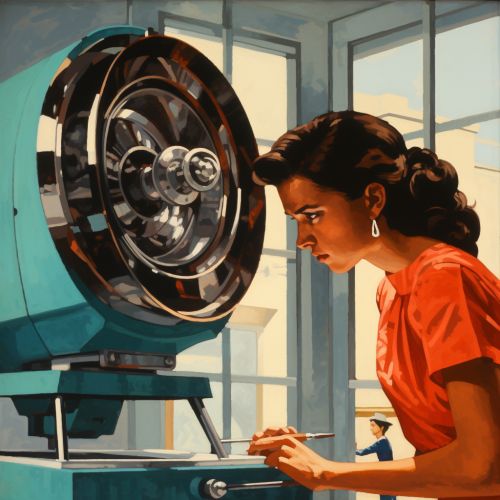Eye examination
Introduction
An eye examination is a series of tests performed by an optometrist or ophthalmologist to assess a person's vision and ability to focus on and discern objects. It also includes tests to examine the physical health of the eyes. Eye examinations are crucial for detecting eye diseases early and preserving good vision.


Purpose of Eye Examination
The primary purpose of an eye examination is to detect eye problems before they become serious. Regular eye examinations can help identify early signs of eye conditions before they affect vision, and treatment can often prevent these conditions from worsening. Eye examinations are also used to determine whether a person needs corrective lenses or if their current prescription is still suitable.
Types of Eye Examinations
There are several types of eye examinations, each designed to assess a different aspect of vision or eye health.
Visual Acuity Test
A visual acuity test is used to measure how well a person can see at various distances. This test is typically performed using a Snellen chart, which features rows of letters that decrease in size as they move down the chart.
Refraction Assessment
A refraction assessment is used to determine the appropriate lens power needed to compensate for any refractive error (nearsightedness, farsightedness, or astigmatism). This test involves using a phoropter or similar device and a retinoscope or auto-refractor.
Binocular Vision Assessment
A binocular vision assessment evaluates how well the eyes work together. This test can help identify issues with eye alignment (strabismus) or lazy eye (amblyopia).
Ocular Health Assessment
An ocular health assessment involves a detailed examination of the eye's interior and exterior structures. This test can help identify conditions such as glaucoma, macular degeneration, and cataracts.
Procedure of an Eye Examination
An eye examination typically involves a series of steps, each designed to assess a different aspect of vision or eye health.
History Taking
The examination begins with the optometrist or ophthalmologist taking a detailed medical history, including any vision problems, eye conditions, and medications the patient is currently taking.
Preliminary Tests
Preliminary tests may include measurements of visual acuity, eye pressure, and peripheral vision. The optometrist or ophthalmologist may also examine the patient's eye movement and coordination.
Refraction
During the refraction test, the optometrist or ophthalmologist will determine the patient's prescription for glasses or contact lenses.
Detailed Eye Examination
The optometrist or ophthalmologist will then examine the patient's eyes using a slit lamp, an instrument that provides a magnified view of the eye's structures. They may also dilate the patient's pupils to examine the retina and optic nerve.
Importance of Regular Eye Examinations
Regular eye examinations are crucial for maintaining good eye health. They allow for early detection of eye conditions, which can often be treated before they cause significant vision loss. Regular eye examinations are also important for ensuring that prescriptions for glasses or contact lenses are up to date.
